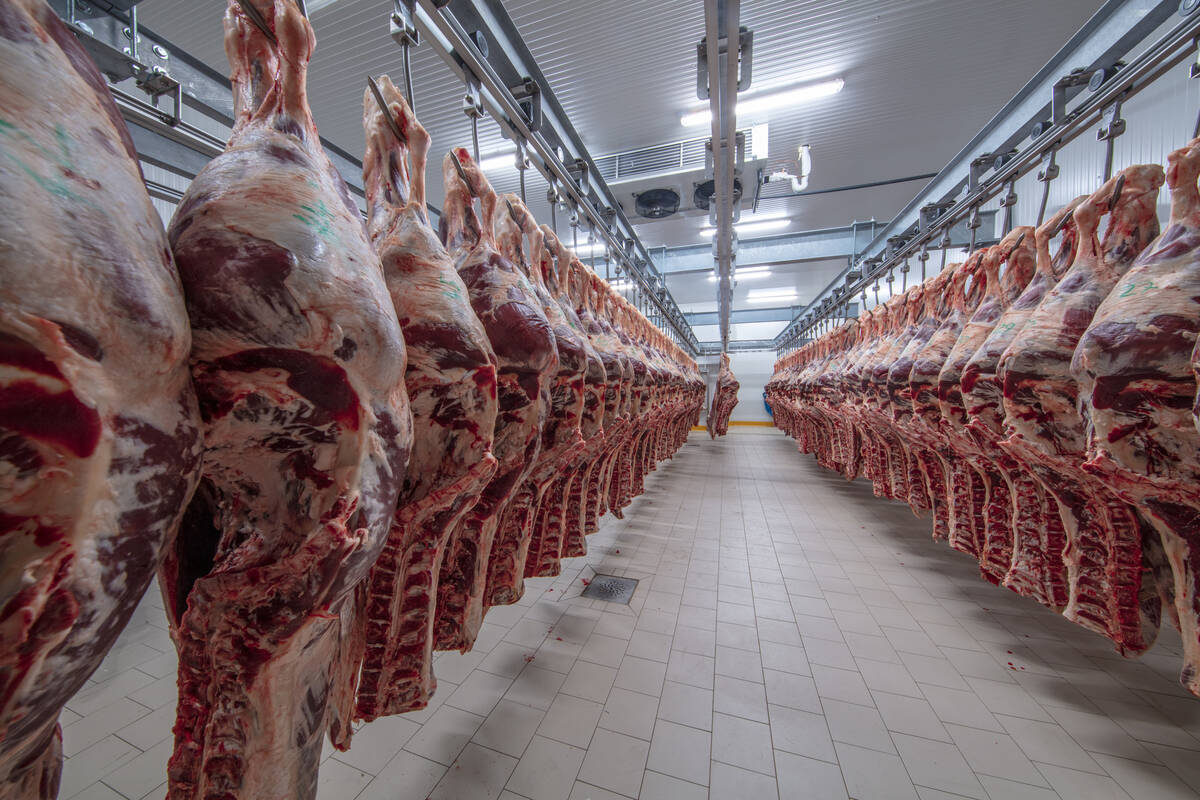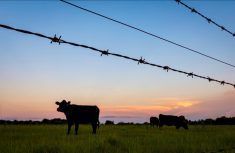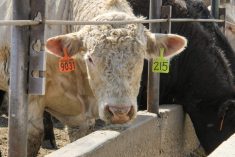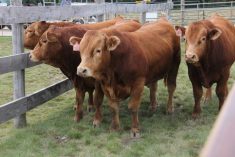MarketsFarm — Spot prices for mustard seed on the Prairies have trended higher, due to consecutive years of low seeded acreage.
In 2020, about 256,500 acres of mustard seed were planted, down about 36 per cent from the previous year.
Walter Dyck, seed division manager for Olds Products, mentioned it’s the second time in 20 years that seeded area has dropped below 300,000 acres across Canada.
“Growers didn’t get the signal to put mustard in the ground,” Dyck said, as comparably higher commodity prices pushed producers to allocate acres to lentils or canola instead.
Read Also

U.S. livestock: Cattle make small gains, hogs fall
Chicago cattle futures made modest gains on Monday while hogs pulled back. Most-active February live cattle closed at 230.550 cents…
By next summer, mustard seed reserves are expected to dwindle, as producers have favoured higher-priced commodities over mustard seed in recent years.
“That takes mustard out of the rotation. So there will be very low, if any, reserves on farms,” he said.
Last week, Agriculture and Agri-Food Canada released a report detailing supply and demand estimates for the upcoming year. The report forecast mustard seed ending stocks for 2020-21 at only 10,000 tonnes, down from the previous year when ending stocks totalled 61,000 tonnes.
Low acreage and expectation of tight stocks have given spot prices a boost, with yellow mustard seed around 40 cents/lb., and brown mustard seed around 30 cents. Higher prices are expected to entice producers to plant more mustard seed in the upcoming growing year.
“Demand hasn’t changed much, so it’s just supply,” said Dyck.
Yields have varied significantly across the Prairies.
“That’s nothing new,” Dyck said, explaining that the timing and amount of rain are always significant factors.
Summer storms accounted for some production losses, though yields are still expected to top out at around 1,000 lbs. per acre in Alberta and 800 lbs. per acre in Saskatchewan, where the bulk of Canada’s mustard seed is grown.
— Marlo Glass reports for MarketsFarm from Winnipeg.














